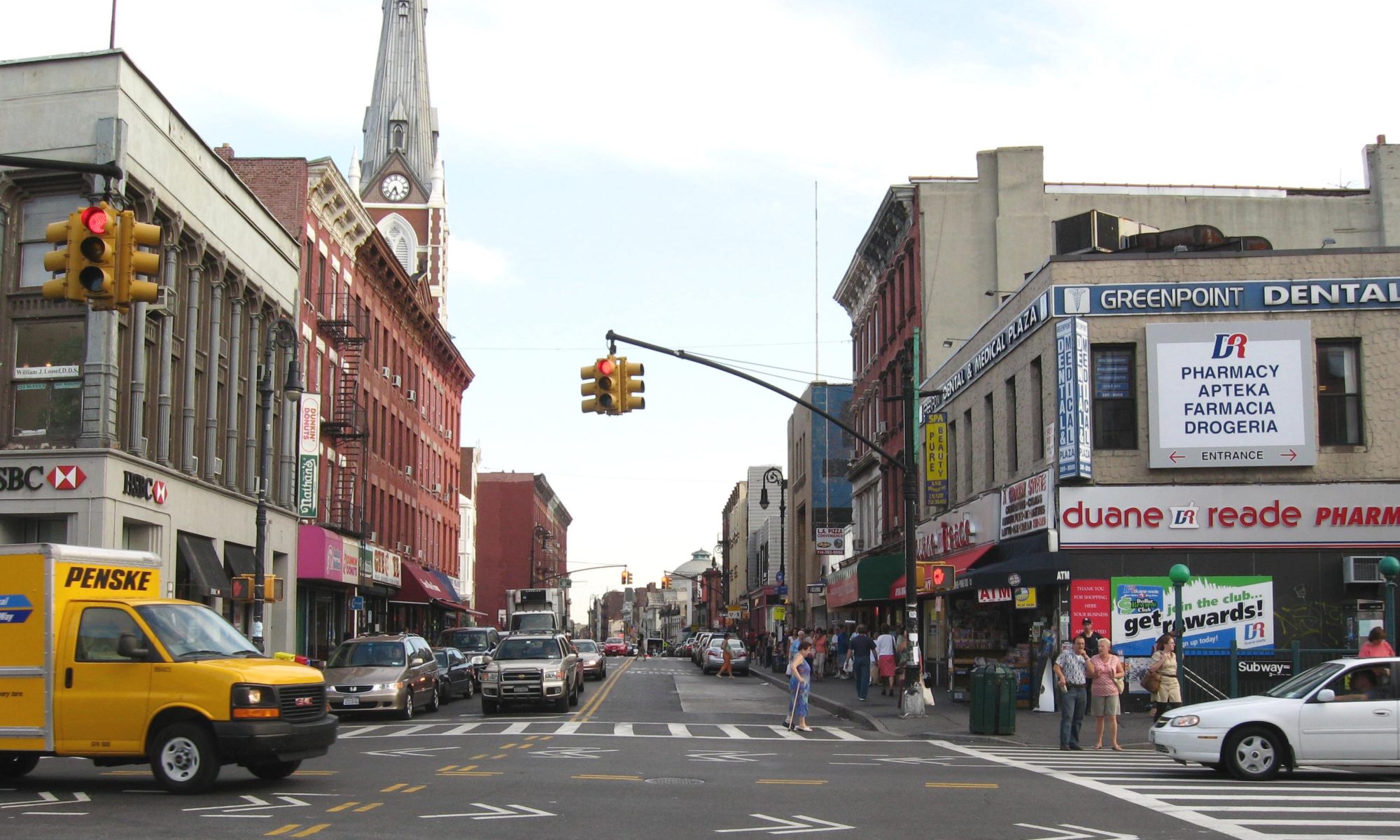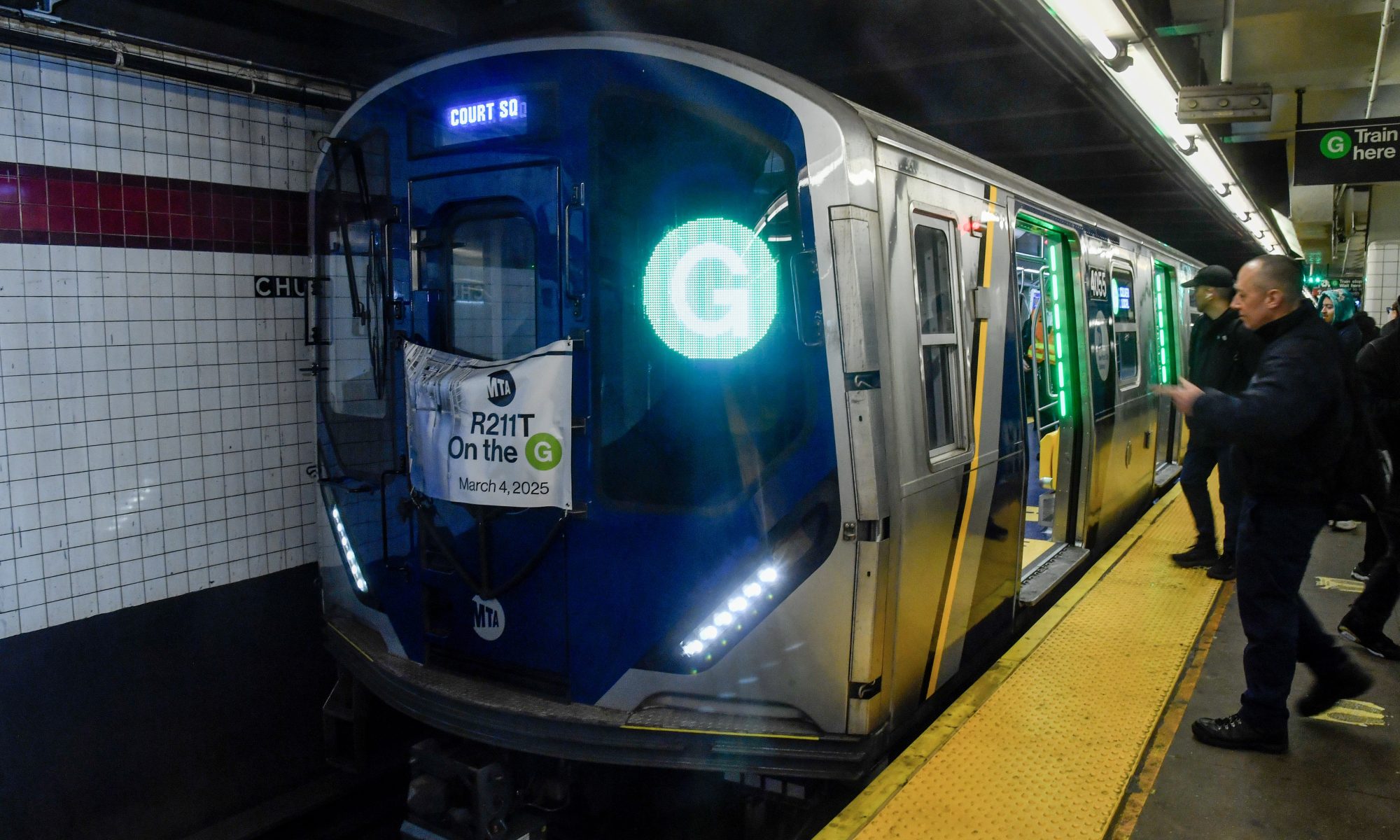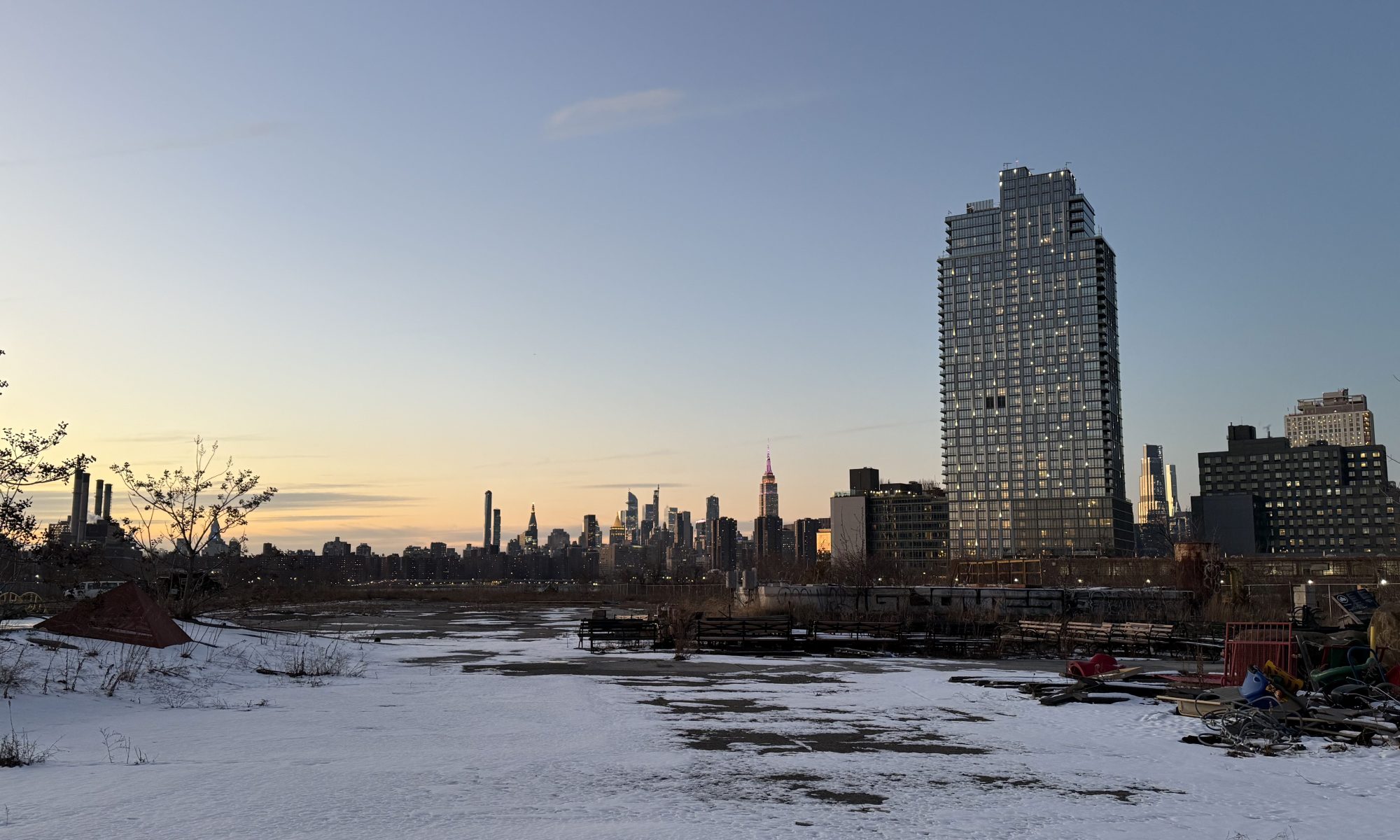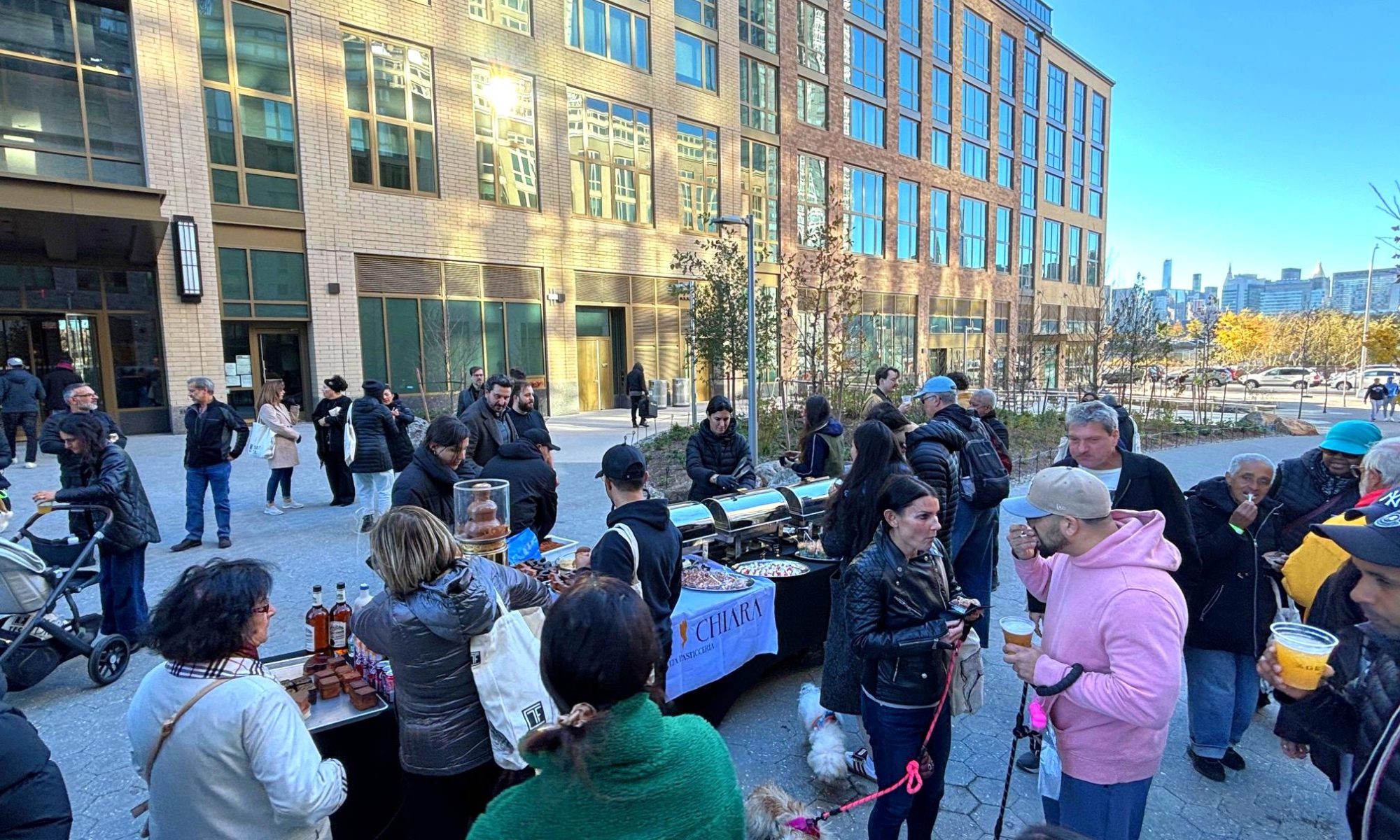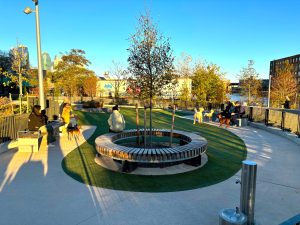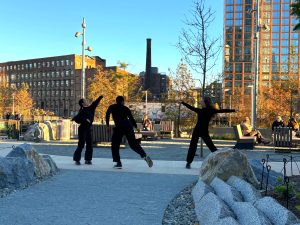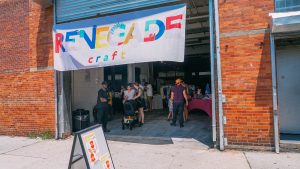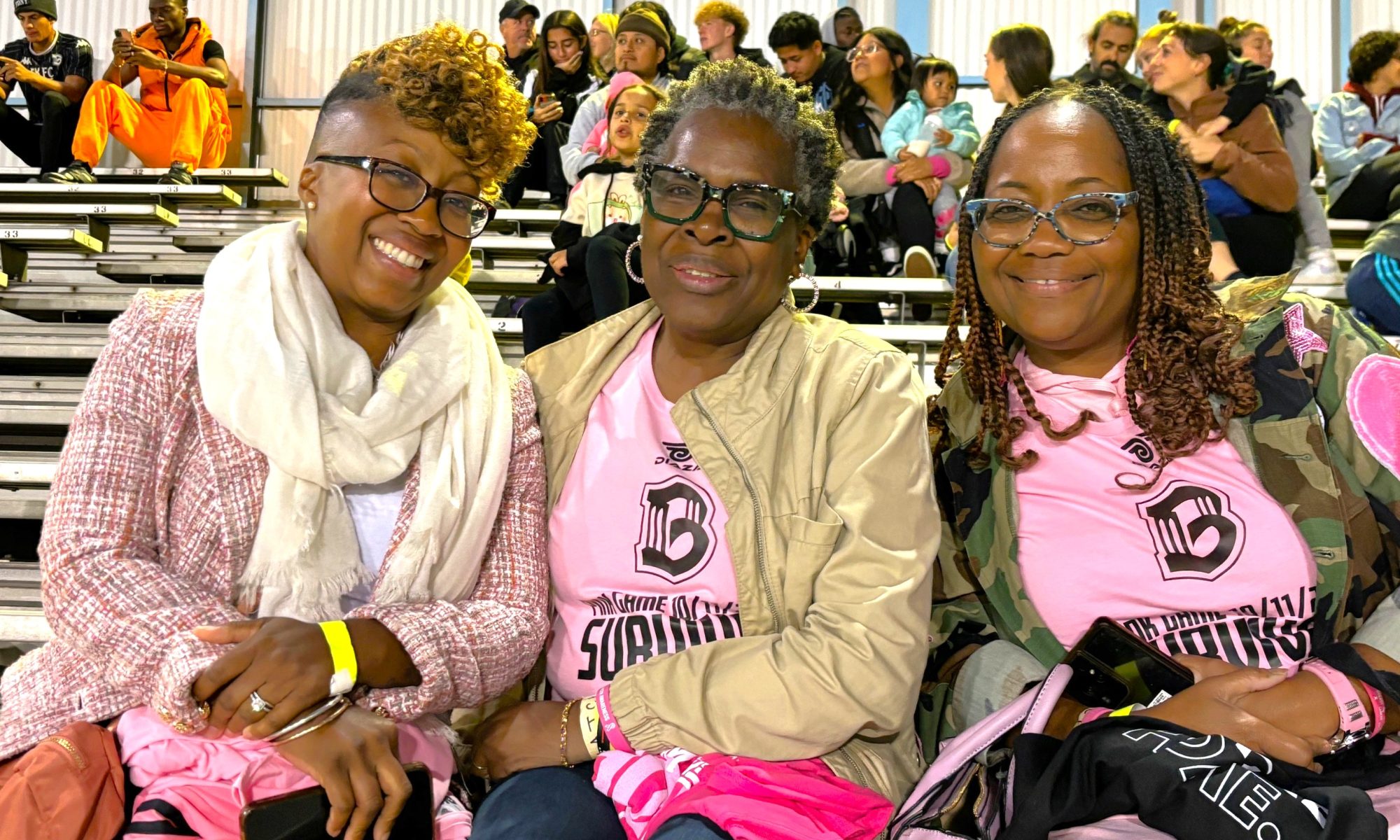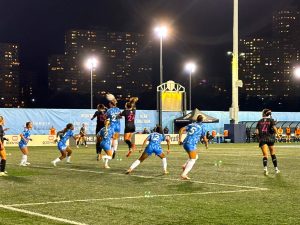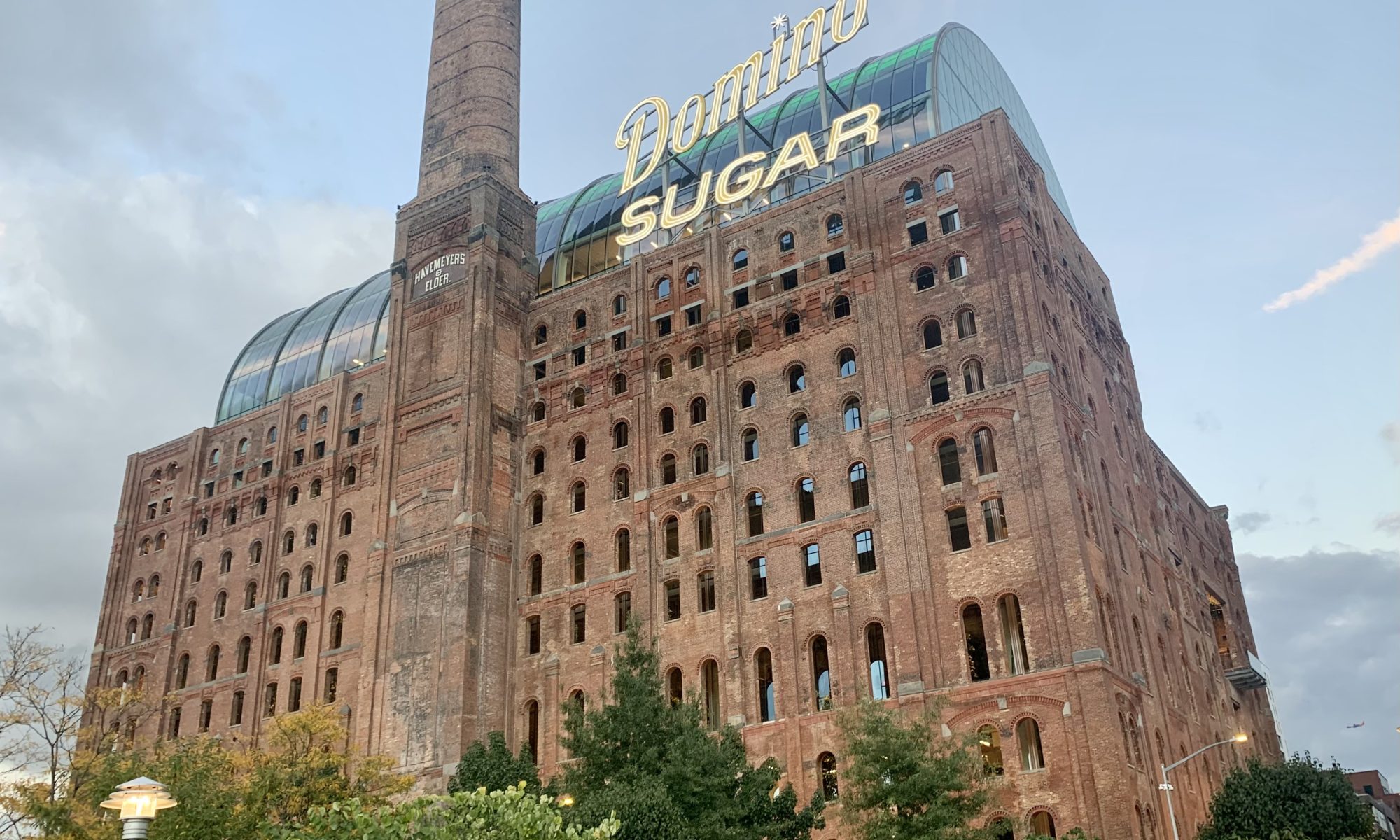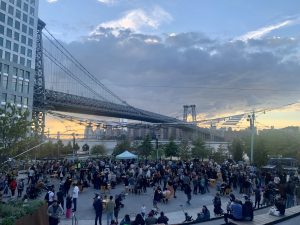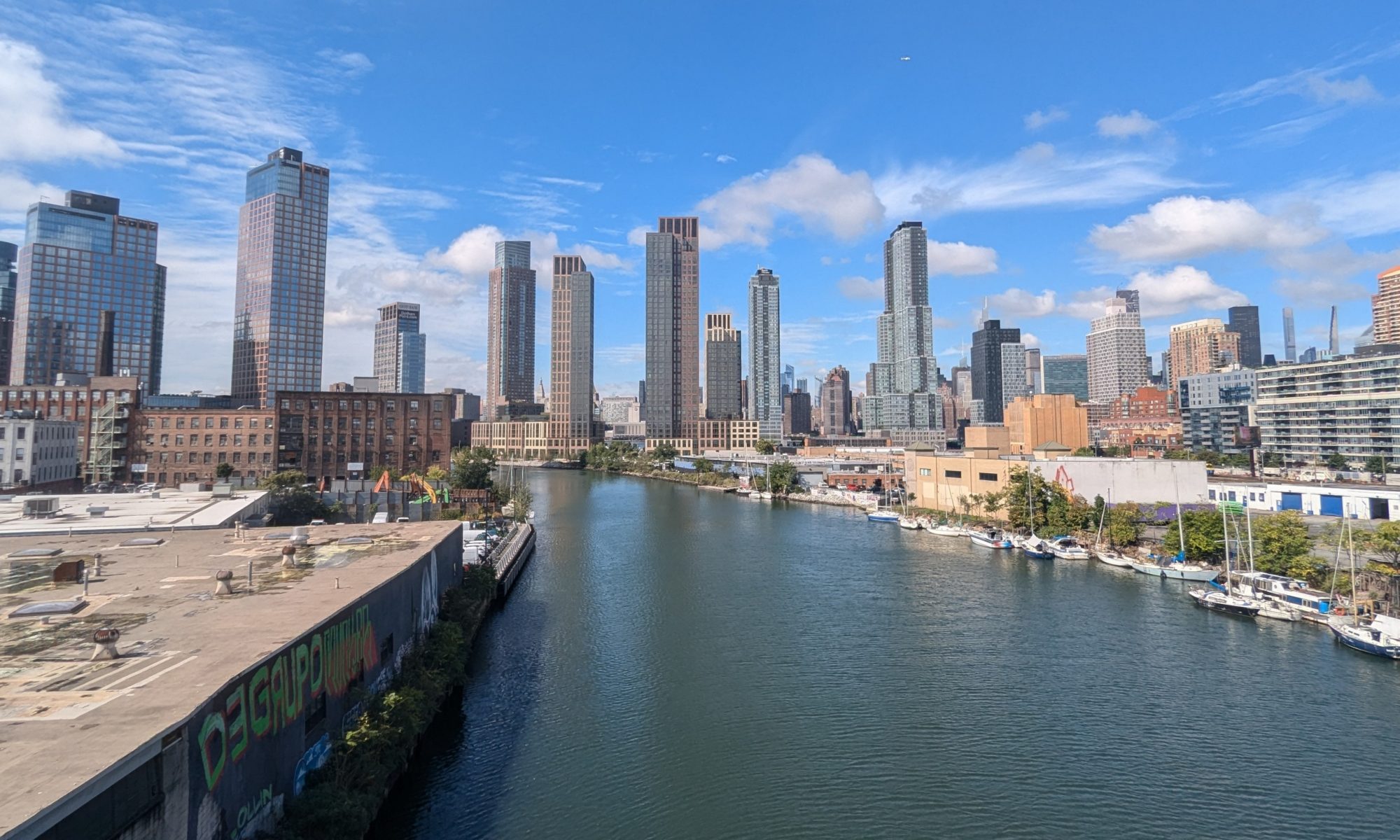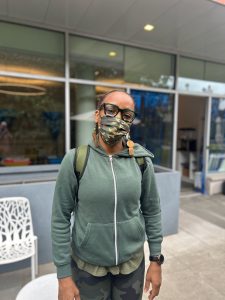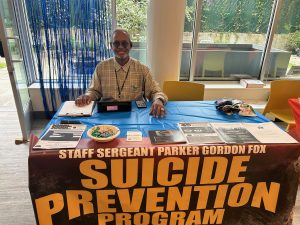By JACK DELANEY | jdelaney@queensledger.com
The gods of transportation taketh, but they giveth too.
Last December, the MTA was facing a strange problem: the wheels of one model of subway car, R160s, were wearing out over the course of a few weeks, rather than months, and had to be rapidly replaced.
These R160 cars run on the E, F, and R lines, so theoretically the G should have been unaffected. But when the defective cars were pulled from service, substitutes from the G took their place — and vintage models from the 1980s were dusted off to fill any vacancies. Those cars, R68s, are slated to be phased out this year (prompting passengers to preemptively eulogize their unique yellow-and-orange “lover’s seats,” which are arranged in a cramped L-shape.) The end result, at least for the moment, is that G riders have been left with mostly musty, outmoded trains.
Yet efforts to modernize the G line, the sole subway that doesn’t enter Manhattan, are also underway. After a “summer of pain” — not the citywide transit Tartarus of 2017, but the G-specific woes of 2024, when the line was shut down for repairs — the route started up again in September with a new signal system installed, which will come online in 2027.
A more palpable change has been the introduction this month of open gangway trains, R211Ts, to the G line. The MTA initially rolled out two R211Ts, which have no doors between cars, on the C line, before announcing that it would be repurposing half of those 20 cars for the shorter G, where the 10 compartments could, like mitosis, form two additional trains with 5 apiece.
The transit authority is bullish on the revamped models: last year it approved a plan to buy 80 more open gangway R211Ts, ostensibly funded by congestion pricing. And at a press conference on March 4, Brooklyn lawmakers were similarly ebullient, praising the rollout.
Assembly Member Jo Anne Simon called the open gangway trains “more comfortable;” state Senator Andrew Gounardes and AM Emily Gallagher both argued they would relieve crowding, while making it more accessible for riders using wheelchairs or strollers. Council Member Lincoln Restler simply said the update was “awesome.”
New York isn’t the first transit system to adopt the open gangway. From Paris to Delhi, “cities around the world have benefitted from this same design,” said Gounardes. In fact, until now it’s been a glaring gap between America and its peers — 6sqft writes that “75 percent of non-U.S. metros have adopted open gangway trains, whereas zero percent of U.S. metros have.”
But many Brooklynites are split on the design, largely over public safety concerns. Online, the chatter has fallen into two broad buckets: the people who think the open gangway is indeed safer, because you can move away from someone who’s bothering you more easily, and those who maintain it’s the opposite, since you can’t switch cars. Anecdotally, the divide seems gendered, with men largely feeling safer on the R211Ts and women expressing reservations.
Sophie, from Windsor Terrace, fell into the latter camp — she had the sense that the long corridor would make it harder to escape, and she also worried that the trains were becoming too “screen-oriented,” with little to gain practically. “They play TikToks and moving ads on the new trains,” she said. “I don’t think we need that.”
That aside, she acknowledged that the trains have been in dire need of improvements, and that the system has lagged behind international analogs. If the open gangway moves the needle on repairs, she noted, that would be a win.
A fresh wave of open gangway trains are on their way, so they may eventually become the norm in New York City rather than a shiny toy. But for the time being, commuters on the G line roll the dice each day — will I ride a holdover from the 80s, or the digitalized train of the future?
